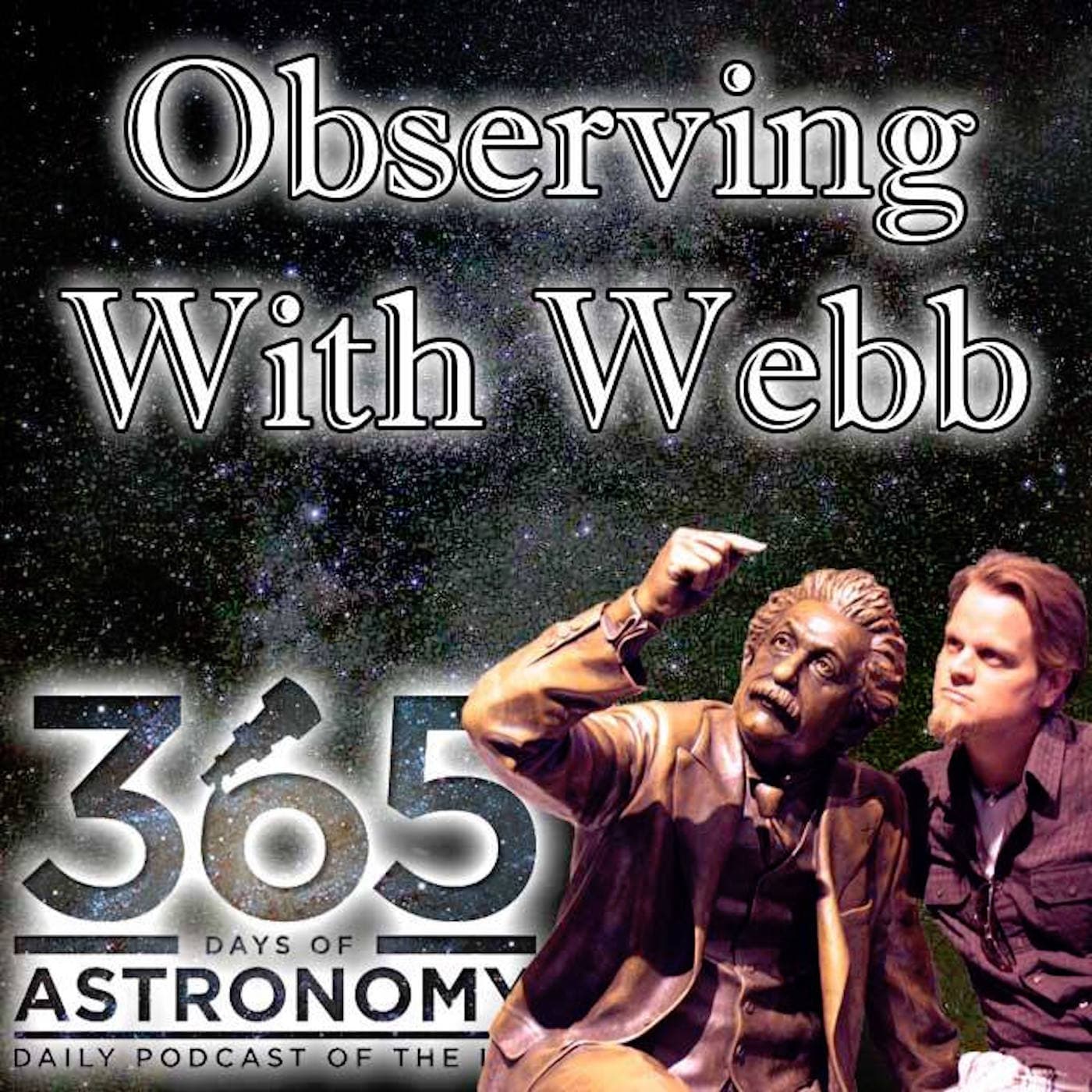Science
WATCH this on YouTube LISTEN as a podcast on Podbean, Stitcher, or iTunes Social Media: @mrwebbpv on Twitter and Instagram @pvplanetarium on Facebook, Twitter, and Instagram TWO eclipses, a great apparition of Mercury, Mars passing through an open cluster, and all the naked-eye planets visible make May and June of 2021 an action-packed pair of months. Welcome to Observing With Webb, where a high school astronomy teacher tells you what you’re looking at, why it’s so cool, and what you should check out later this month…at night. Naked-eye PLANETS... Sunset – Mars, Mercury, Venus Mars (W) – Look W after sunset to find the non-twinkling reddish-orange dot, much brighter than everything around it. Mars will move up through Gemini in May and through Cancer in June. It starts off about halfway up the sky in May, and ends only about 15˚ above the horizon at the end of June. Mercury (WNW) – Pretty much visible all month, VERY low in the WNW after sunset. You’ll need a clear horizon, but if there were a good time to find Mercury, this month is it. Mid-May is perhaps the best time, since that’s when it’s highest in the sky, and a thin crescent Moon is nearby to help guide you (details later). Or perhaps the 28th, when very bright Venus (300x brighter than Mercury) is about ½˚ away, making a great guidepost, even though both will be very low on the horizon. Venus (WNW) – Starts its “evening star” appearance late in May, and stays around 10˚ above the horizon at dusk throughout June, never really getting more than 15˚ above the horizon this time around. Throughout the night – None at the moment Morning – Saturn, Jupiter Saturn, Jupiter – The two gas giants are in the SE, getting higher and rising earlier each day. Look SE in the morning (after 3am in the beginning of the month, after 12:30am by the end of June). Jupiter will be on the left, with Saturn to the right about 15˚. EVENTS... May Waning Gibbous (Mostly lit, rises later at night) Last Quarter Moon – 3rd (Visible from midnight into the morning) Morning Crescents (look East in the AM) New Moon – 11th (darkest skies) Evening Crescents (look West after Sunset) First Quarter Moon – 19th (Visible until midnight) Evening Gibbous (Mostly lit, after Sunset) Full Moon – 26th (Visible all night) June Waning Gibbous (Mostly lit, rises later at night) Last Quarter Moon – 2nd (Visible from midnight into the morning) Morning Crescents (look East in the AM) New Moon – 10th (darkest skies) Evening Crescents (look West after Sunset) First Quarter Moon – 18th (Visible until midnight) Evening Gibbous (Mostly lit, after Sunset) Full Moon – 24th (Visible all night) May 3rd – 5th – Close Encounter – Moon, Saturn, Jupiter – Before sunrise in the SE, between 3:30am and 6am EDT on these mornings, a beautiful crescent Moon will be passing by our two biggest gas planets. On the 3rd, the Moon will be down and to the right of Saturn. On the next morning (the 4th) the Moon will be under and between Jupiter and Saturn, making a great triangle. Then on the 5th, the crescent Moon hangs out just 7˚ below and to the left of Jupiter. May 12th – 16th – Close Encounter – Moon, Venus, Mercury, Mars – Each of the solar system’s terrestrial planets get a nice visual close encounter with our Moon this week. Every night, get out there right after sunset and find yourself a good clear view of the WNW horizon. Each night, Venus will be the lowest and brightest planet, with Mercury just 8˚ above it, and dim, and Mars about 35˚ above the horizon in Gemini. On the 12th: An extremely thin and barely visible crescent Moon will be less than 1˚ away from bright Venus, both VERY low on the horizon. 13th: A slightly thicker Moon will now be just 3˚ to the left of Mercury, and considerably higher above the horizon. 14th: A thicker and higher Moon will be directly between Mercury and Mars 15th: The Moon will be 3˚ down and to the right of Mars 16th: The Moon will be above Mars. May 26th – TOTAL LUNAR ECLIPSE – Missed it by THAT much! East coasters will not really be able to see anything, however, the further West you are, the more likely you’ll be able to catch a glimpse of the partial portions of the eclipse. If you want the best view, either go to the middle of the Pacific Ocean, or head to eastern Australia. More info

